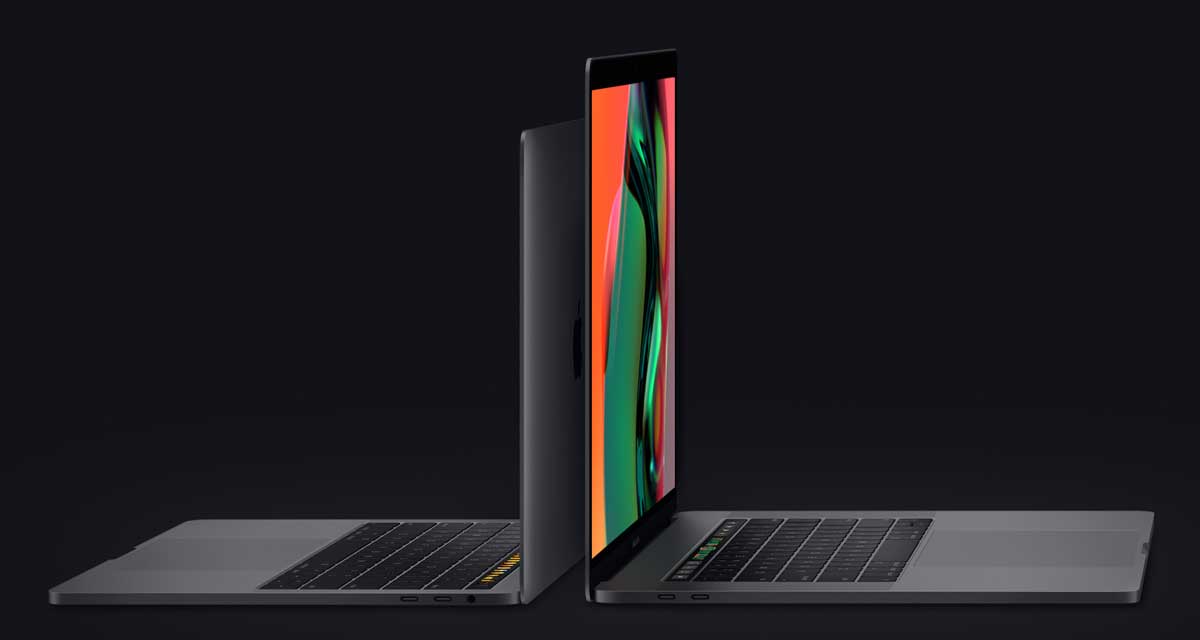In a move that will no doubt catch the attention of ‘Right to Repair’ states and countries, Apple has reportedly made it impossible for people, or independent repair shops, to repair a new MacBook Pro or iMac Pro, depending on the items that are replaced.
By placing software limitations in some of its devices it will render them useless unless an Apple employee, or an authorized repair center, runs Apple-specific diagnostic software on the computers.

This comes after a report by Motherboard in which it says that all T2-equipped computers will require the use of a diagnostic tool called Apple Service Toolkit 2 in order to be usable once again. This will only come into play if specific parts of the computers are replaced, although the list is rather lengthy.
The software lock will kick in for any repair which involves replacing a MacBook Pro’s display assembly, logic board, top case (the keyboard, touchpad, and internal housing), and Touch ID board. On iMac Pros, it will kick in if the Logic Board or flash storage are replaced. The computer will only begin functioning again after Apple or a member of one of Apple’s Authorized Service Provider repair program runs diagnostic software called Apple Service Toolkit 2.
The Apple Service Toolkit 2 software is only available to Apple employees and those working at Apple-authorized repairers, meaning users cannot repair their own hardware or use third-party shops in order to get a repair at a cheaper price.

While many will point to this as Apple’s way of getting more money out of its users, it’s possible this is all being done in the name of security in order to preserve the data stored in that T2 chip. Similar moves have been made with the iPhone, preventing nefarious people from replacing Touch ID sensors with those that recognize their own fingers in order to gain access to a device. In this case, Apple may be preventing bad actors from replacing hardware in order to gain access to a computer with a T2 chip built-in.
(Source: Motherboard)
You may also like to check out:
- Kodi 18 Beta 3 APK Download Along With iOS App Released
- Download iOS 12.1 Beta 2 IPSW Links, OTA Update For iPhone, iPad
- Download: Windows 10 October 2018 ISO For Update 1809 Released
- Download Windows 10 Pro ISO File Without Product Key From Microsoft
- Fix iOS 12 Battery Life Issues And Percentage Drain, Here’s How [Guide]
- Jailbreak iOS 12.0.1 / 12 / 12.1 On iPhone And iPad [Status Update]
- Download iOS 12.1 Beta 1 IPSW Links, OTA Update For iPhone, iPad
- Download iOS 12 IPSW Links & Install On iPhone X, 8, 7, Plus, 6s, 6, SE, 5s, iPad, iPod [Tutorial]
You can follow us on Twitter, add us to your circle on Google+ or like our Facebook page to keep yourself updated on all the latest from Microsoft, Google, Apple, and the Web.

